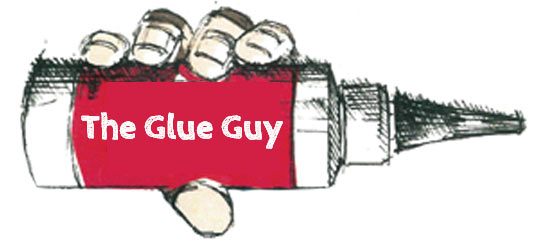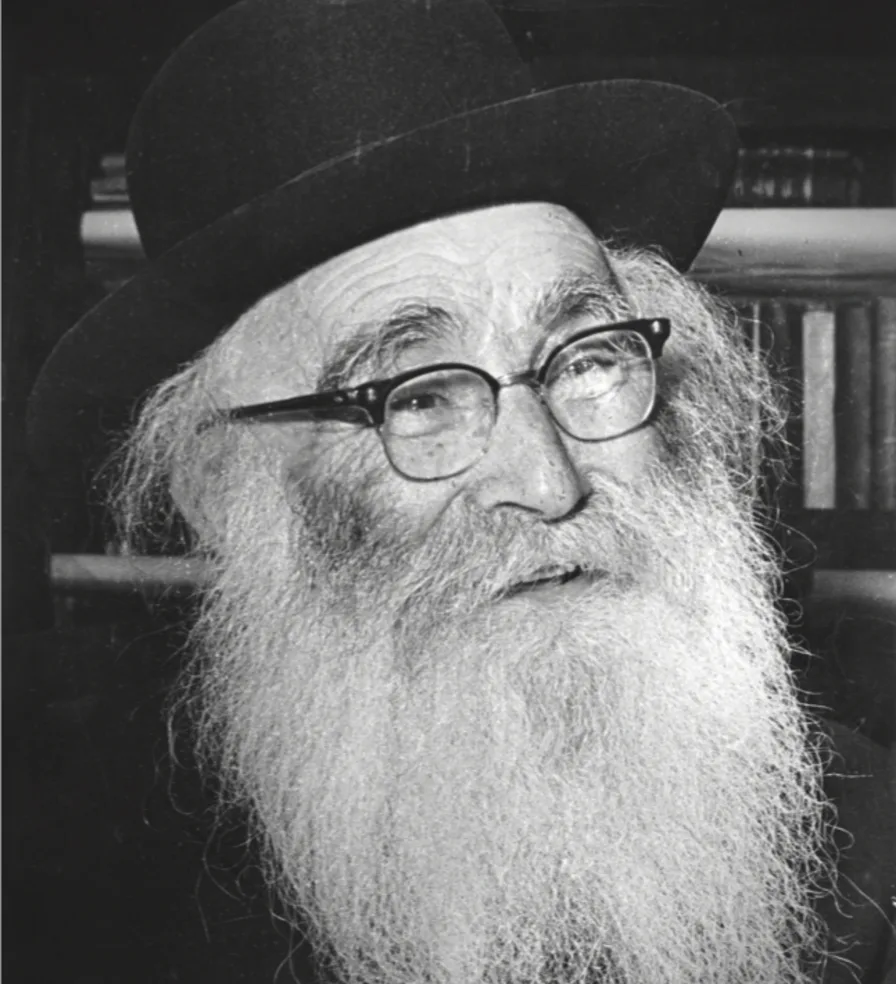May 30, 2023|י' סיון ה' אלפים תשפ"ג Emor 5783 - Don’t Ask “What Do I Need?” Ask “What am I needed for?”
Print ArticleA chassid once came to the Alter Rebbe, Rav Schneur Zalman of Lidai (the founder of Chabad) complaining about frustrations in his life. He told the rebbe about all that he was lacking, what he wanted from life, all that he needed and could not find.
The Rebbe listened patiently and then he turned calmly to the man and he said: “I think I know what the problem is: You have no problem telling me everything that you need. As to what you’re needed for? For that you have nothing to say!”
“A Jew”, said the rebbe, “doesn’t think about what he needs, he asks WHAT AM I NEEDED FOR?”
The Chassidim who knew this man reported that this meeting with the Rebbe transformed this chassid. It was a total paradigm shift for him and changed the trajectory of his life.
We know that we can’t always take a pasuk at face value. There are multiple layers of meaning in every word in the Torah.
In fact, we come into contact with this kinds of psukim all the time.
If someone injures another person, the Torah tells us:
Ayin Tachas Ayin, Shein Tachas Shein.
Literally this would be translated as Eye for an Eye, Tooth for a Tooth. We know though, that the Torah Sheb’al Peh teaches us that while the pasuk is coming to emphasize the severity of the damage one has caused another person, the actual punishment is monetary.
But there is another example this week of a pasuk that should not be taken at face value, and that is a pasuk that describes the mitzvah we have been engaged with every day for the past month, the mitzvah of Sefiras Ha’Omer.
“Usfartem Lachem Mimacharas HaShabbos”.
The Torah tells us that you should count for yourself from the day after Shabbos.
The simple explanation, again, is that we should begin counting the Omer ALWAYS on a Motzei Shabbos. That is, after all, what Mimacharas HaShabbos means.
Yet, we know that the Torah Sheb’al Peh teaches us once again that this is NOT the case. Mimacharas HaShabbos DOES NOT mean that we count beginning on Motzei Shabbos, but rather the night after the first day of Pesach.
And while we, of course, accept this explanation of the Torah Sheb’al Peh, it raises a question:
The Gemara tells us that for many years there were INTENSE philosophical disputes between the Tzedukim, those who didn’t believe in the Oral Law and the Perushim, those who did, specifically when it came to THIS HALACHA. The lack of clarity when it comes to this pasuk causes so much frustration.
If that’s true, why make this so complicated? What is the lesson of Mimacharas HaShabbos and why was it so critical for this halacha to be taught in this fashion?
I want to present to you this morning a beautiful explanation of Rav Yitzchak Twerski, found in his sefer, Amitah Shel Torah:
In order to understand the explanation, we have to begin with a reminder about two numbers in Judaism: The Numbers 7 & 8.
The number 7 represents nature, what Hashem creates. Shabbos, the 7 days of creation. What Hashem creates in the world.
8 within the world of Kabbalah, represents that which is ABOVE nature, but in an even less esoteric way, the number 8 represents that which mankind BUILDS UPON NATURE. What we add on.
What is the best example of how we add to nature? The mitzvah of Bris Mila.
The Medrash in Breishis Rabba tells the story about a conversation between a certain philosopher & Rebbi Hoshia. The Philosopher accosts Rebbi Hoshia and asks him why there is the need for the mitzvah of bris mila.
Rebbi Hoshia responds: “Everything that was created required further perfection by man. Mustard needs to be sweetened, lupine needs to be sweetened, and wheat needs to be ground into flour – even man requires further perfecting as well.”
The act of Bris Mila represents taking the gift of the human being that Hashem creates and FURTHER perfecting it.
And this act of perfecting, furthering Hashem’s creation, as it were, occurs NOT on the 7th day. In fact, if a bris is done on the 7th day it is invalid. Rather, it takes place SPECIFICALLY on the 8th day.
The medrash in the Pesikta D’Rav Kahana points out the unique nature of the Korban Omer. Typically, a Korban is given a name, either describing the type of korban it is, or the reason it is brought:
1) Korban Chatas is brought because of a Chet, a sin that was committed.
2) Korban Toda is brought out of thanks, appreciation for a kindness done for us by Hashem.
3) What is OMER?
Says the medrash, OMER is a MEASUREMENT. In fact, it is the SAME MEASUREMENT we find with regard to one other food item: The Man.
The man was delivered to the home of each Jew every day in the midbar. And how much did they receive? OMER LAGULGOLET. An Omer’s amount.
Therefore, says the medrash, we are commanded to deliver back to HKBH the exact same thing:
“V’Heivesem es Ha’Omer Reishis Ketzirchem el HaKohein.”
Every person would bring an OMER’s amount of barley to the Kohein.
And, in fact, the Navi in 5th Perek/Chapter of Yehoshua tells us the story of how Bnei Yisrael brought the Korban Omer in Eretz Yisrael for the very first time.
When? Immediately at the conclusion of Pesach.
Why then specifically? Because it was at that time that the MAN CEASED TO FALL. So, as Hashem’s GIFT TO US of an OMER of Man, ceases, we, in turn, now begin to offer HIM, our own OMER, picking up where Hashem left off.
And this brings us back to our original question: Why does HKBH feel so strongly about the language of Mimacharas HaShabbos?
The answer is that if Shabbos, the 7th day of the week, represents nature, represents the conclusion of HASHEM’S CREATION, then mimacharas hashabbos, THE NEXT DAY, represents the 8th day, that which happens AFTER Hashem has finished, and it’s OUR TURN to step up.
And that is why the Torah doesn’t tell us that the mitzvah of Sefiras HaOmer begins on the day AFTER PESACH. It begins on the day after SHABBOS, after HKBH has begun the process of providing for us, and now LOOKS TO US to pick up where He left off.
It should come as no surprise, then, as well, that SHAVUOS, the CULMINATION of SEFIRAS HAOMER takes place on day 50, which is the DAY AFTER we conclude of counting 7 cycles of 7! The ULTIMATE MIMACHARAS HASHABBOS!
What the Torah is teaching us is that the time of Sefiras HaOmer challenges us to ask the question, NOT what can Hashem do for me, what can the world and others do for me, but what can I do for Hashem and for someone else!
Or, to paraphrase the Alter Rebbe: Sefira challenges a Jew to think not about what he or she needs, but WHAT he or she is NEEDED FOR?
So many people in the world are searching for their passion. What drives me? What should I pursue in life? Perhaps instead we should be asking ourselves a different question: What talents have I been given by Hashem that I can use to help someone else? What has been handed to me that makes me uniquely capable to help a person, an organization, or a cause?
This is what the time of Sefiras Ha’Omer is all about. Learning not to ask what I need, but rather, what am I needed for?




